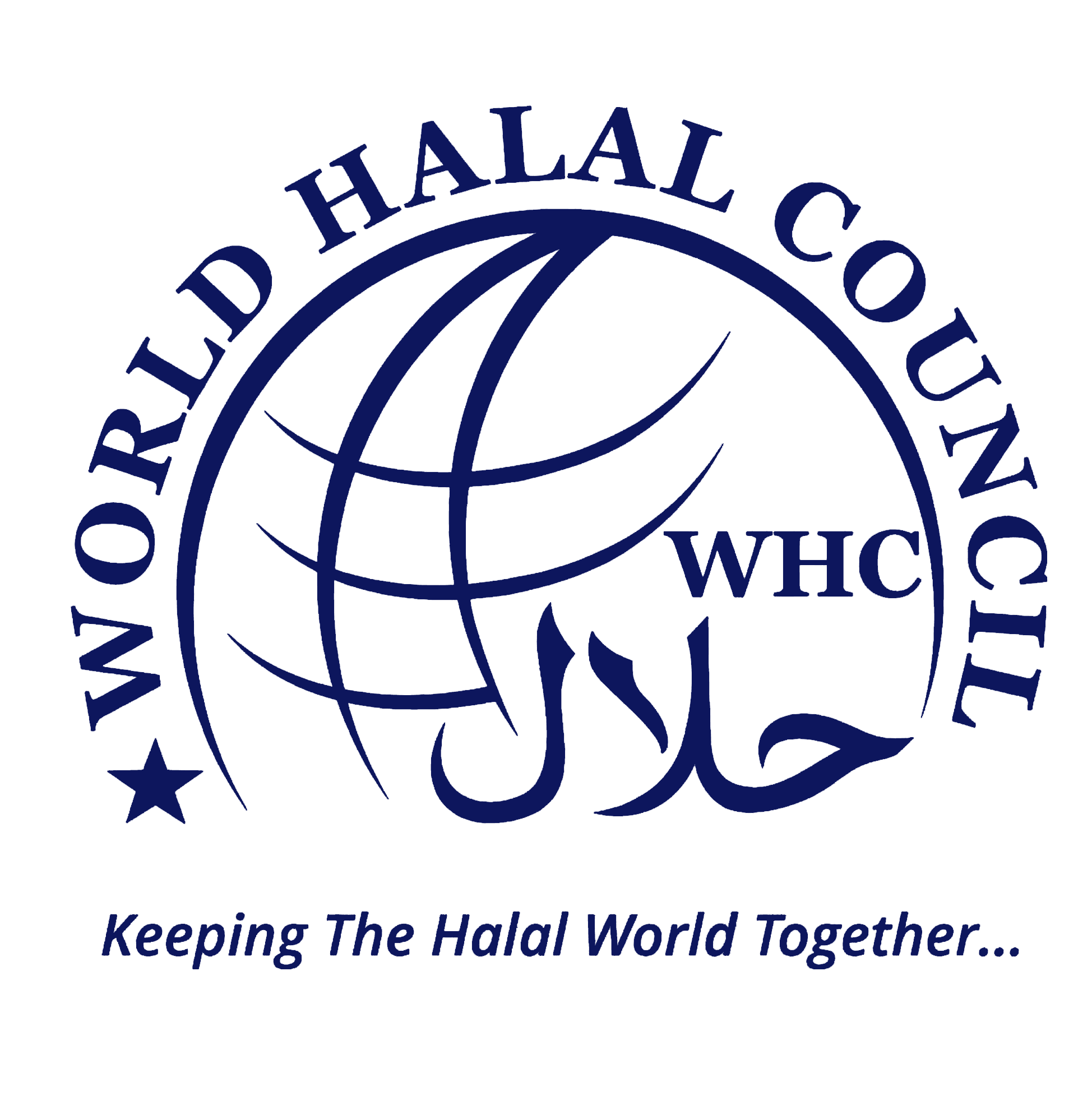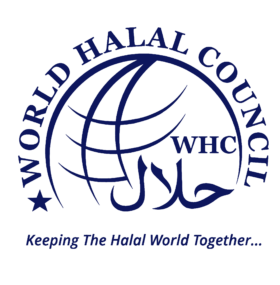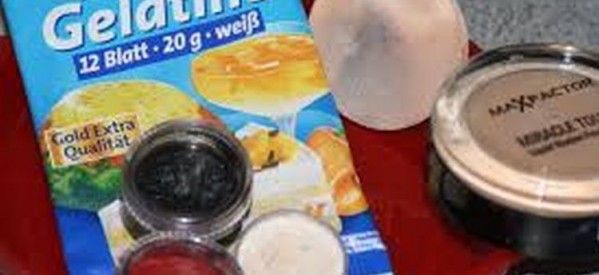Modernity which belongs to the West invented countless numbers of industrial foods and is now trying to convince us that the gelatine that is used in those artificial foods is Halal.
Businessmen and their technical staff from medicine, cosmetics and food industries get together with modern some religion-mongers and they all rant and rave claiming that their gelatine is Halal.
Some of them stick to the Islamic principle of necessity (Zarurah), some claim it is Transformation (Istihala), some say it is Umum ul Balwah . As expected, a few of them claim that all their products are Halal. Alas, they all know that they stick to unacceptable excuses. When they look at any reliable Fiqh source, they will not be able to find any fatwah or technical information that will support their makeshift claims.
However, producing Halal gelatine is not rocket science. Millions of Muslim ladies produce Halal gelatine every day at their kitchens. They put Halal slaughtered meat in their pots and cook it. At the end of cooking process, the gelatine permeate to the juice of the food. This is so easy.
It is also the same process in the industry. You only need Halal raw material, heat and water. That is all. The key issue is that the raw materials must be obtained only from Halal sources.
Let’s explain the raw material: Bodies of all living creatures are made mostly of proteins. Proteins are made of different amino acids. Different numbers of compositions of amino acids form different protein groups. The protein group that can form the gelatine is called Collagen.
When this protein contacts hot water, it hydrolises, looses its molecular ties and permeates to water. When water is boiled and vaporized, the residue is gelatine.
To lower the cost of gelatine, bones and hides of animals are used.
Of course, the industry use big tanks of 100 or 150 tons to produce the gelatine. The raw materials are actually the wastes like skins, bones, parts from slaughterhouses and leather processing plants.
The process is multi-phase: heating, soaking, evaporation, drying and grinding. As mentioned above, the most important issue is to ensure that all parts of raw materials must come from Halal sources. This means that raw materials cannot come from Haram animals like pork and all parts must come from animals that are slaughtered as per Islamic principles and rules.
Having said that, it is public knowledge that more than 70% of gelatine is from pork.
Some years ago, an entrepreneur contacted us and we gave him all technical details. He managed to get support from a third party and established a plant. However, when he applied for Halal certification, we couldn’t certify his plant as he was not able to find sources that would supply Halal certified raw materials. If they could do that, they would be the first Halal Gelatine producer of the World.
I believe that they can still do that if they continue to work with sincerity.
Today, 380,000 tons of gelatine is produced every year. 99% of this quantity is produced in non-Muslim countries. In such a case, it is very normal to expect that almost all of the gelatine comes either from pork, or from animals that are not slaughtered in the Islamic way. Unfortunately, even 1000 tons of gelatine is NOT produced as Halal and Tayyib.
Turkey imports about 6000 tons of gelatine and Muslims worldwide consume half of the gelatine produced.
Gelatine is everywhere: in food, medicines, cosmetics and industry. But these Muslim businessmen who use enormous amounts of gelatine without hesitation have not even attempted to establish a plant that will supply Halal gelatine. Instead, they continue to find ways to feed Muslims with doubtful or Haram products obtained from Haram or doubtful sources. This is very troublesome.
They will account for what they have done to Allah.


